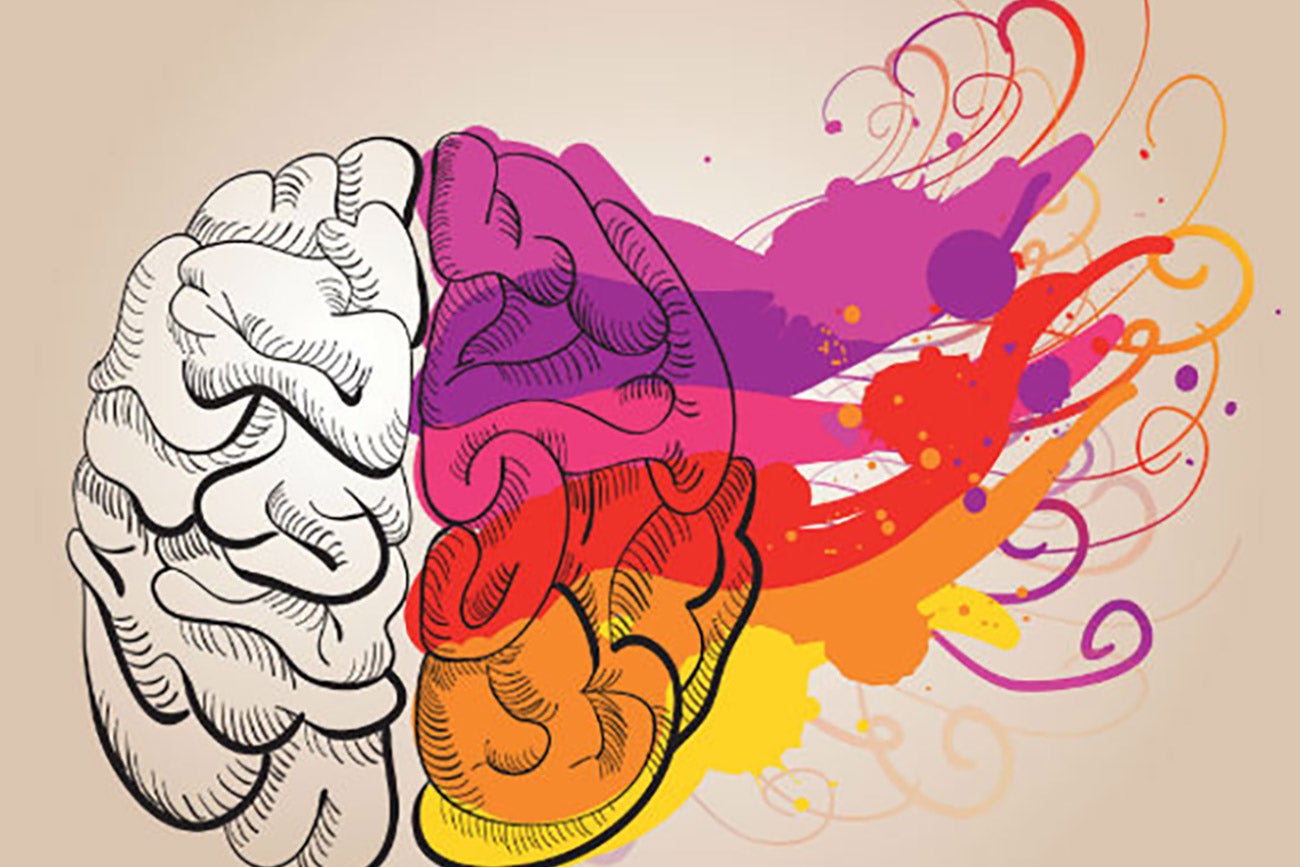The symptom profile for teenagers is different than that of adults. Parents sometimes do not recognize the symptoms because depression in teenagers is not what most people think of as signs of depression. As a result, many teens unnecessarily suffer in silence.
Depression has become increasingly common among American teenagers – especially teen girls, who are now almost three times as likely as teen boys to have had recent experiences with depression. Younger children have about equal rates of depression based on gender. After puberty, however, girls become much more inclined to be diagnosed with depression.
In 2017, 13% of U.S. teens ages 12 to 17 (or 3.2 million) said they had experienced at least one major depressive episode in the past year, up from 8% (or 2 million) in 2007, according to a Pew Research Center. And during COVID19 pandemic it is on the rise again.
Adults who have experienced depression are treated at higher rates than teens. Among adults who had recent depressive episodes, about two-thirds (67%) received treatment. Among teen girls who had recent depressive episodes, only 45% received treatment for depression over the past year. By comparison, 33% of teen boys with recent depressive episodes received treatment. From these statistics we can see that more teens go untreated than treated.
Warning Signs
While depressed adults often talk about emotional pain, depressed teens tend to report physical aches and pains. They may report headaches, stomach problems, or say they just do not feel well. In the case of depression, physical exams will not reveal any findings. Also teens present more irritability than sadness during an episode of significant depression. Here are some things to look for in your teen.
Irritability
Adults usually describe feeling sad when they’re depressed, but teenagers often become increasingly irritable. They may behave disrespectfully or may have less patience than usual. They also may become defiant.
While mood swings can be normal during the teenage years, an unusually high amount of irritability should be considered a warning sign of possible depression.
Academic Changes
Teens may experience a sharp decline in their grades when depression strikes. But that’s not always the case. Some teens maintain a high grade point average (GPA) even in the midst of emotional turmoil.
In fact, sometimes the pressure to maintain good grades becomes a factor in depression. A teen who feels the need to get accepted into an Ivy League college, or one who insists a disappointing SAT score could ruin their life, may remain driven to achieve despite being depressed.
Sensitivity to Criticism
Depression can lead to an intense sensitivity to criticism. Sometimes teens deal with this increased sensitivity by avoiding activities where they fear failure. A teen may refuse to try out for the soccer team or may refuse to invite a date to a school dance in an attempt to avoid rejection.
At other times, teens may deal with this fear by becoming an overachiever. A depressed teen may become a perfectionist in an attempt to avoid the risk of being rejected. It is important to monitor how your teen responds to risk, criticism, and failure as changes in your teen’s behavior could signal your teen is depressed.
Social Withdrawal
Social isolation is a common problem for someone with depression, but teens don’t necessarily withdraw from everyone when they become depressed. Sometimes they simply change peer groups.
A teen may begin to hang out with the wrong crowd or may stop talking to certain friends or family members.
At other times, teens withdraw from real-life activities and focus their attention on the online world when they are feeling depressed. A depressed teen may create an online persona and may engage in online chats or play role-playing games for hours on end to escape the realities of life. There is also a tendency to sleep through the day to avoid a regular daily lifestyle.
Four Types of Teen Depression
The word depression is used to describe a variety of conditions. Recognizing the signs and symptoms can be key to getting a teen treatment. And early intervention can often be key to successful treatment.
There are four types of depression that commonly affect teenagers. Depression can affect all teens regardless of their gender, popularity, academic success, or athletic abilities. It is important to familiarize yourself with the common symptoms of depression in teens so you can provide support and seek help when necessary.
1. Adjustment Disorder with Depressed Mood
An Adjustment Disorder occurs in response to a life event. Moving to a new school, the death of a loved one, or dealing with a parents’ divorce are examples of changes that can spur an Adjustment Disorder in teens.
Adjustment Disorders begin within a few months of the event and may last up to six months. If symptoms persist beyond six months, another diagnosis would be more appropriate.
Adjustment disorders can interfere with sleep, school work, and social functioning.
Your teen may benefit from talk therapy to teach him new skills, increase emotional functioning, and get help to cope with the stressful situation.
2. Persistent Depressive Disorder (Dysthymia)
Persistent Depressive Disorder (dysthymia) is a low grade, chronic depression that lasts for more than a year. Teens with dysthymia are often irritable and they may have low energy, low self-esteem, and feelings of hopelessness.
Their eating habits and sleeping patterns may also be disturbed. Frequently, dysthymia interferes with concentration and decision making. It’s estimated that roughly 11 percent of teens, ages 13 to 18, experience dysthymia, according to the National Institute of Mental Health.
Although dysthymia is not as severe as major depression, the long duration can take a serious toll on a teen’s life. It can interfere with learning, socialization, and overall functioning. Cognitive Behavioral Therapy or Dialectical Behavior Therapy along with medication are often effective in treating dysthymia.
3. Bipolar Disorder
Bipolar Disorder is characterized by episodes of depression followed by periods of mania or hypomania (a less severe form of mania). Both the depressive and manic states will last anywhere from a couple of weeks to many months. Symptoms of mania include a reduced need for sleep, difficulty focusing, engaging in risky behaviors and a tendency for anger outbursts.
During a manic episode, a teen is likely to talk fast, feel animated or silly, and be willing to engage in risky behavior. Many teens engage in high-risk sexual behavior during a manic episode.
Teens with bipolar disorder will likely experience significant impairment in their daily functioning. Their severe mood changes interfere with their education and friendships. Bipolar is treatable but not curable. Bipolar is usually best treated with a combination of medication and therapy.
4. Major Depression
Major depression is the most serious form of depression. Symptoms of major depression include persistent sadness and irritability, talk about suicide, a lack of interest in enjoyable activities, and frequent reports of physical aches and pains. Teens will typically decline in their grooming and isolate socially.
Major depression can cause severe impairments at home and at school. Treatment usually involves weekly therapy and supervised medication treatment.
If you or your teen are having suicidal thoughts, contact the National Suicide Prevention Lifeline at 1-800-273-8255 for support and assistance from a trained counselor. If you or a loved one are in immediate danger, call 911.













